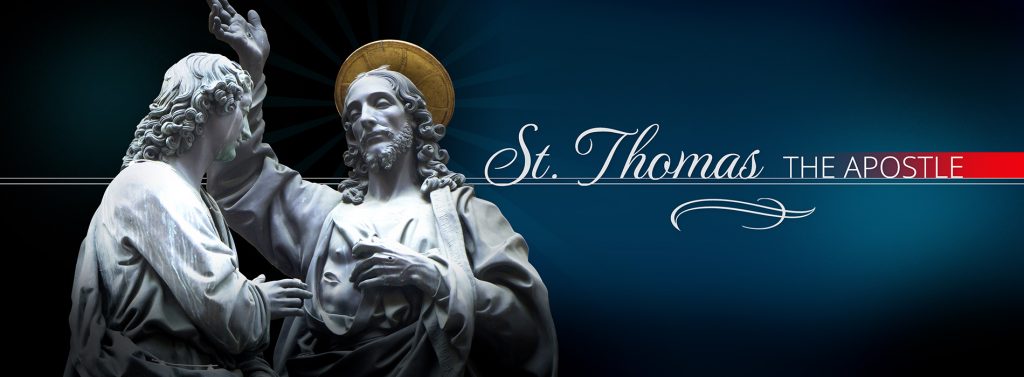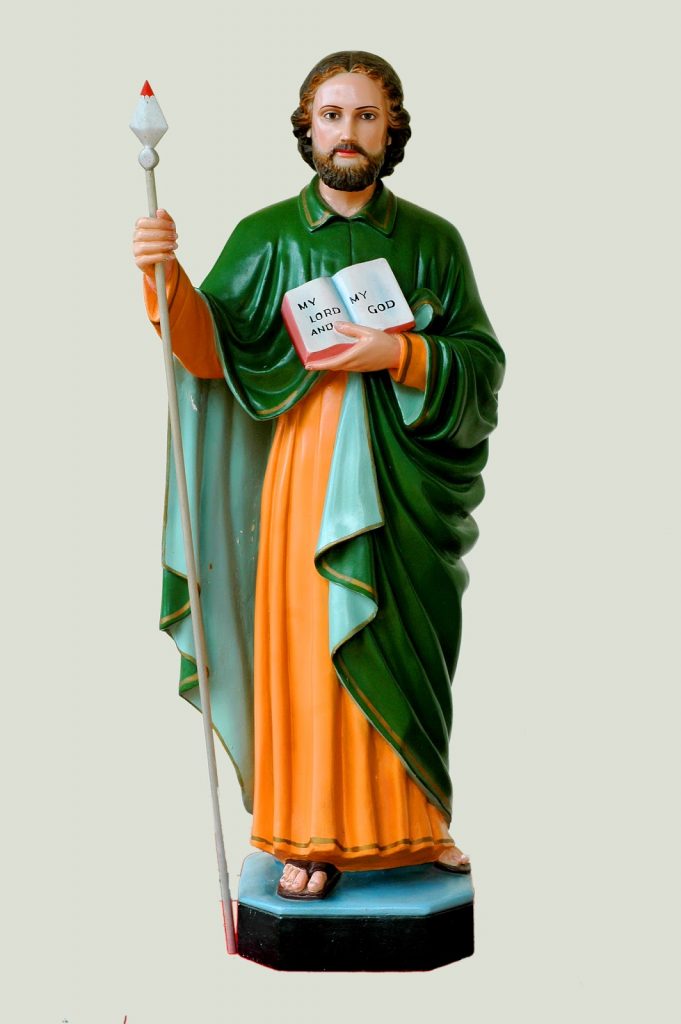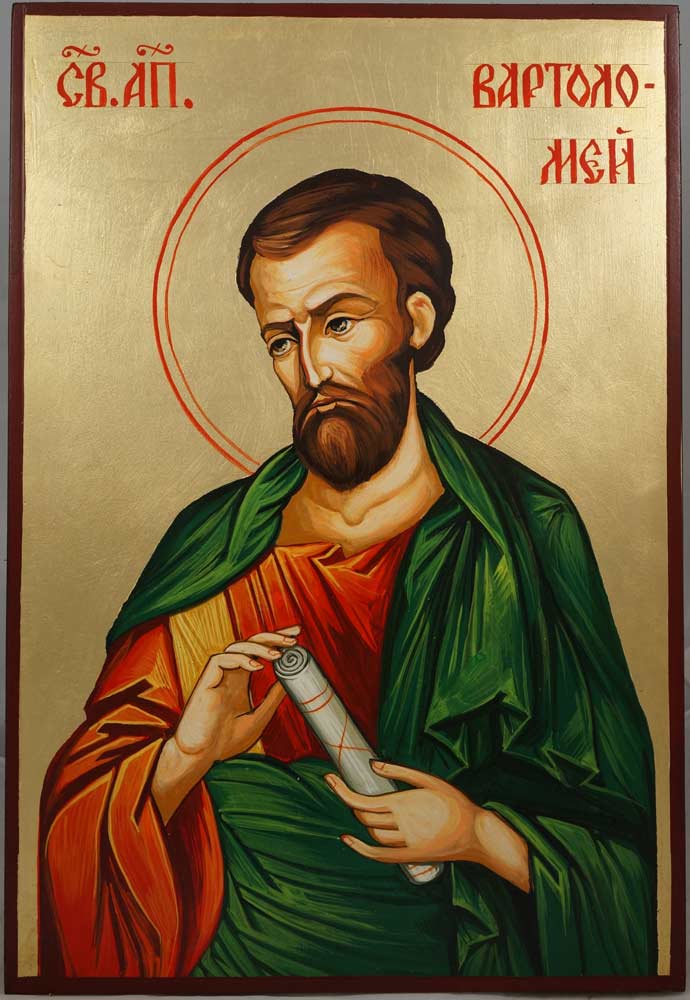Christianity in Kerala: The Fourth Pilgrim Stays Webinar
Streamed live Saturday, 1 August 2020 on Facebook and You Tube
The video can be viewed here:
This is the slide show presented at the event:
For long, the origins of Christianity in Kerala have been the subject of intense debate. Scholars have presented conflicting viewpoints, each offering differing analyses on whether the Apostle did visit India in the first century. Pilgrim Stays felt this was a topic worth engaging and invited one of the foremost scholars on this topic in the country, to lead the fourth webinar.
Dr Francis Thonippara, CMI was the main speaker at the 4th Pilgrim Stays Webinar on Christianity in Kerala, broadcast on Saturday, 1 August 2020. Dr Thonippara belongs to the Carmelites of Mary Immaculate (CMI), the largest religious order of the Syro-Malabar Catholic Church. He is a well known theologian and one of the foremost authorities on the history of the Church in India. The Webinar was moderated by Mr Suresh John, serial entrepreneur, Founder and Chairman of IDS Next, a leading company in the hotel software space.
This was the fourth webinar in the series and focused on Christianity in Kerala. You can check the first one on the Vatican here. This was followed by the second webinar on the Holy Land and more recently on Goa. As usual the audience was held spellbound by the depth of knowledge of the speaker. Enthusiasm ran high and Dr Thonippara was flooded with a barrage of questions, as soon as Q & A came up.
The Apostolic Mission of St Thomas to India has been questioned in the past by some scholars, especially those in the West, who claim that the Apostle never visited India. Dr Thonippara set about addressing this controversy in his presentation. In the absence of contemporary documents or monuments relating to the first century, it is difficult to substantiate the argument that the Apostle did indeed visit India, and that he preached and was eventually martyred there.

Instead, the St Thomas Christians rely on four broad traditions to make their case about the origins of Christianity in Kerala. In the course of his presentation, Dr Thonippara elaborated on these traditions and pointed out that the evidence did indeed lie in multiple sources. When taken together as a whole, the traditions and the existence of a vibrant living community overwhelmingly favours the view that St Thomas in all likelihood did land at Muziris in 52 AD.
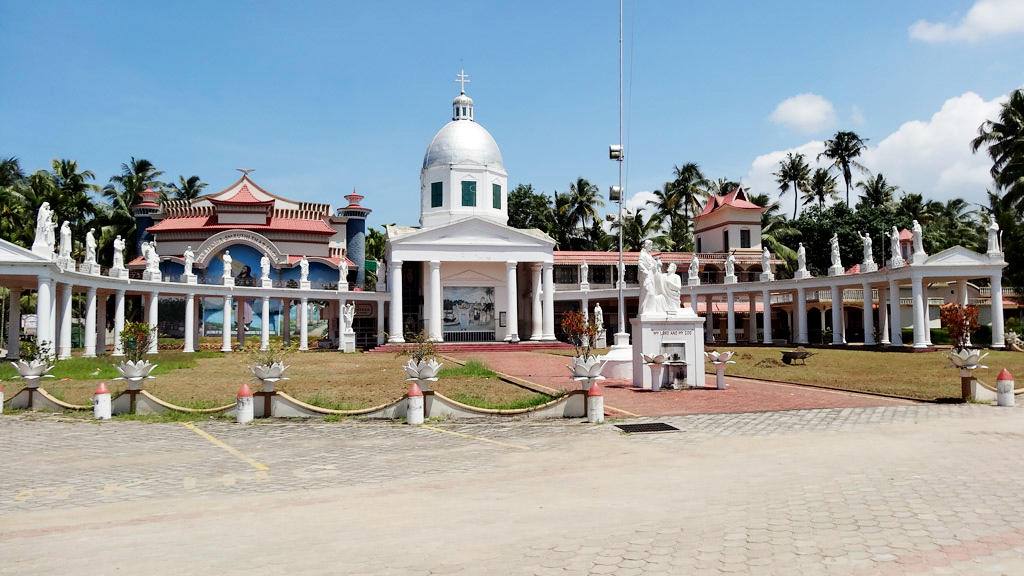
Briefly, the traditions that Dr Thonippara referred to are the Malabar tradition, the Chaldean tradition, the Coromandel tradition and the Western tradition. These have been well articulated and presented in the slide show which is also included here. Dr Thonippara supported his arguments on this subject by quoting Dr J N Farquhar’s The Apostle Thomas in South India, published in 1927. Dr J N Farquhar says “Thirty years ago the balance of the probability stood absolutely against the story of the Apostolate of Thomas in India: We suggest that today the balance of probability is distinctly on the side of historicity”.

There is also speculation that St Thomas visited Taxila in North India before he embarked to India. The Acts of Thomas is an apocryphal book of the New Testament which was originally written in Syriac and Greek, in the early part of the third century. For several reasons it is not considered a very reliable source and has therefore not been accepted in mainstream Christian tradition. The Roman Catholic Church declared it heretical at the Council of Trent, an Ecumenical Council held in the sixteenth century.
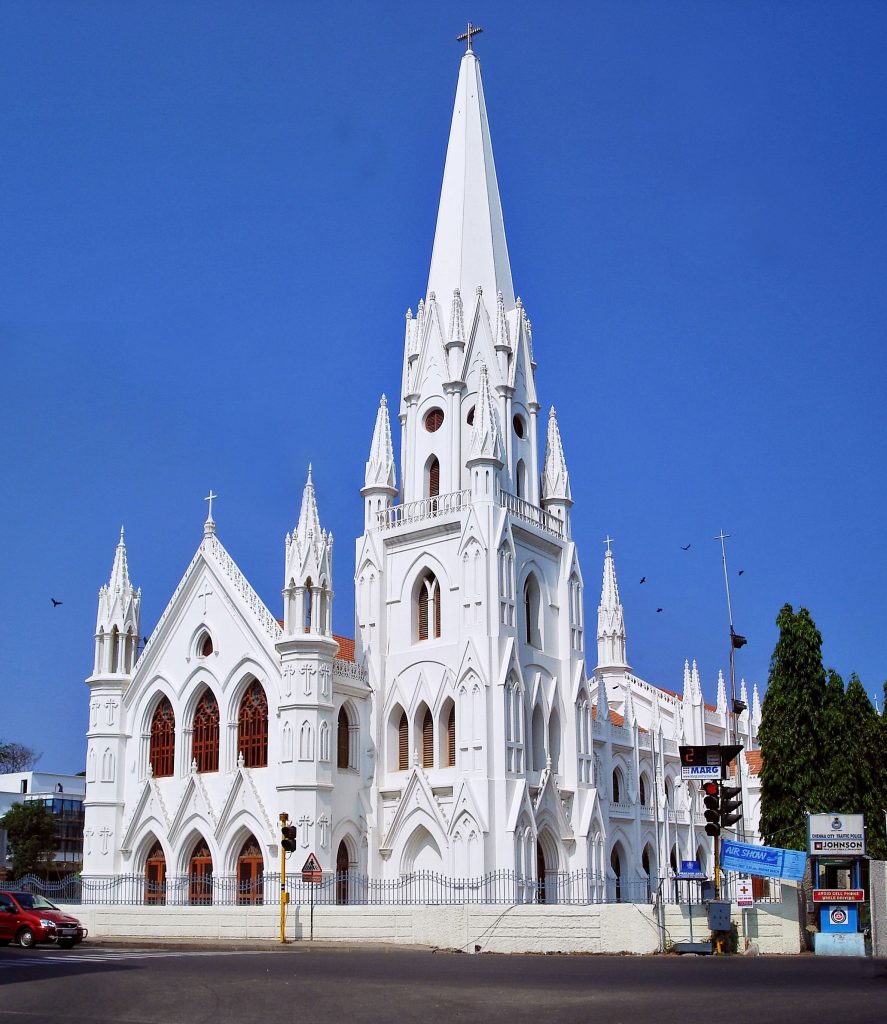
In the Acts of Thomas, the Apostle is believed to have visited the court of King Gondophares I of the Indo-Parthian Kingdom at his capital Taxila in 40 AD. From Taxila, St Thomas travelled down the Indus River and then on to the island of Socotra (part of Yemen today), from where he set sail to the port of Muziris, thus bringing Christianity in Kerala. For centuries, the story of St Thomas in the court of Gondophares was dismissed as a myth. Since 1834, coins discovered from the period establish that the King Gondophares did exist and was a contemporary of the Apostle.
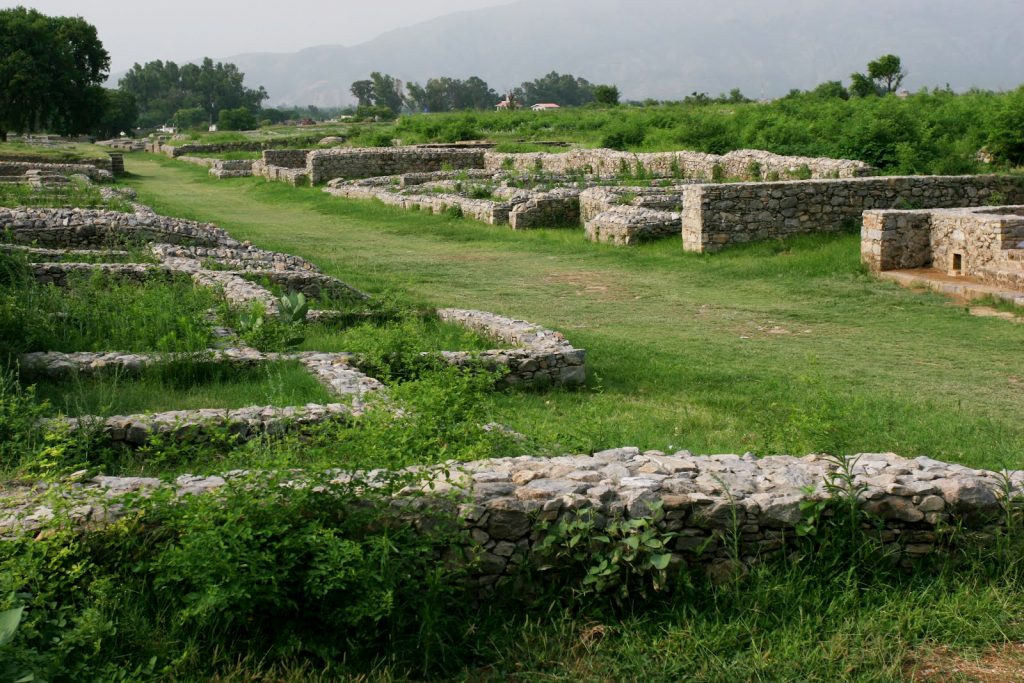
The other topic that Dr Thonippara touched upon was the mission of the Apostle Bartholomew to India. There are two ancient testimonies about the Bartholomew Apostolate, both of which rely upon the visit to India in 193 AD, of St Pantaenus, the head of the Catechetical School of Alexandria. The first is by Eusebius of Caesarea in the early fourth century, where he says that St Pantaenus visited Kalyan, near Mumbai, where he was surprised to find a small Christian community already existing there. Further they possessed a copy of the Gospel of Matthew written in Hebrew. St Pantaenus is said to have carried the Hebrew Gospel back with him to Alexandria.

The second testimony is by St Jerome of Stridon, who translated the Bible to Latin (known as the Vulgate), made in the late fourth century. St Jerome says that Demitrius, Bishop of Alexandria, sent St Pantaenus to India, at the request of legates of that nation. On reaching India, he found that the Apostle Bartholomew had preached about the life of Christ to the community in Kalyan. St Jerome too says that Pantaenus found them in possession of the Gospel of Matthew written in Hebrew. This copy was carried back to Alexandria says St Jerome.



